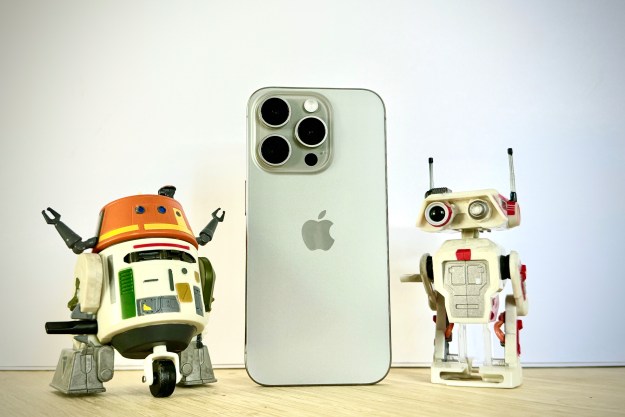
“Samsung is committed to making people’s everyday lives smarter and more convenient through technology and innovation,” said Hyeongnam Kim, vice president of visual display at Samsung Electronics. “The launch of SeeColors for QLED TV embodies this mission by providing users with a way to address one of the world’s biggest optical challenges through the latest technologies and visual displays.”
While Samsung notes that nearly 300 million folks around the world live with CVD, many are not aware of the condition, and how their perception of color differs from others. But Samsung hopes to bring the world into sharp relief for these folks by way of the new app. SeeColors was developed in partnership with Professor Klara Wenzel of Budapest University of Technology and Economics. Wenzel developed a tool known as C-Test, a “digital diagnosis test that uses the concept of color filters and mathematical modeling to diagnose levels of CVD,” as per a Samsung release. By integrating the C-Test in the SeeColors app, Samsung has given folks the ability to see the world (or their TV screens) in sharp color. Using the app, users can identify both the type and level of their CVD, and then recalibrate their TV based on the app’s results.
The SeeColors app is currently available for download (free of charge) from the Smart TV App store, or from the Google Play and the Galaxy App Store for Samsung Galaxy smartphones S6, S6 edge, S6 edge+, S7, S7 edge and S8 devices. If you connect your Galaxy smartphone to your QLED TV, the television will instantly adjust color settings based on your smartphone readings.
Editors' Recommendations
- You probably won’t see Samsung’s new 200-megapixel camera on the Galaxy S22
- Samsung may tease possible new TVs, smart home devices at March 2 event
- Samsung launches new Galaxy Note 20 5G and Galaxy Z Flip 5G colors
- Samsung starts Black Friday early with new Note 10 colors and exclusive deals


